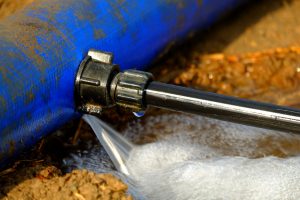Wall-rot is becoming a bigger and bigger problem for homeowners especially for homes that have stucco walls. In fact, the problem is so common that we as rain screen and roofing system specialists, are often called to investigate problems in structures that are relatively new. In other words, the phenomenon can affect new homes as well as older ones. Below is some information about wall rot and how to detect its presence.
- Leaking in the home: One of the biggest red flags that you may have wall rot is if you notice leaking in your home. This kind of damage can show up in the form of water stains on ceilings and/or walls. You should first check to see if staining could be from your plumbing or from something else. If you have eliminated other sources, then the leaks are most likely coming from the exterior of your home.
- Window caulk gaping or cracking: This is a common place to detect a water intrusion from the outside especially if you have stucco walls. If the problem is severe enough, your windows may need to be replaced and one of our dry lock rain screens added.
- Damp looking walls: If your walls are still wet long after a rainstorm this may be a sign of wall rot. Pay attention to discoloration as well as the general appearance of dampness in your walls. Finally, look for dark streaks that do not seem to disappear.
- Hardwood floors that show signs of moisture or buckling: Feel the flooring and walls around the exterior of your home. If they are damp and show signs of buckling/warping this can be an indication that you should hire an expert to take a closer look at the situation.
One of the many advantages of our metal rain screens is that they can help prevent wall rot to your home’s exterior. Therefore, if you suspect that your home is affected by wall rot, contact the team at TI-Clad Engineered Roof and Rain Screen Systems. Our professionals will be able to assist you in determining the state of your walls. If a thorough check shows that you are safe, then you do not need to worry. If evidence of a problem is found, then you are already one step closer to putting a stop to the rot before it spreads further.

